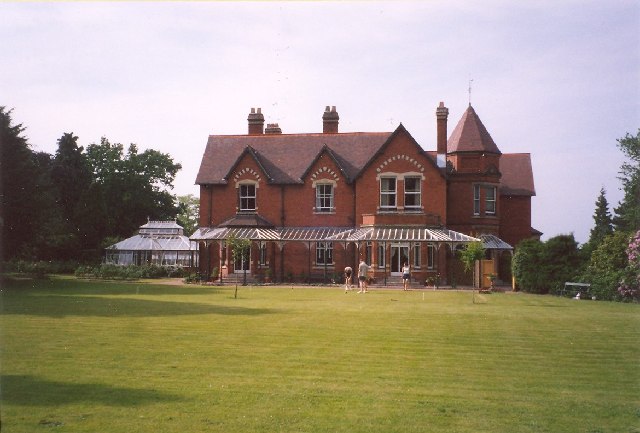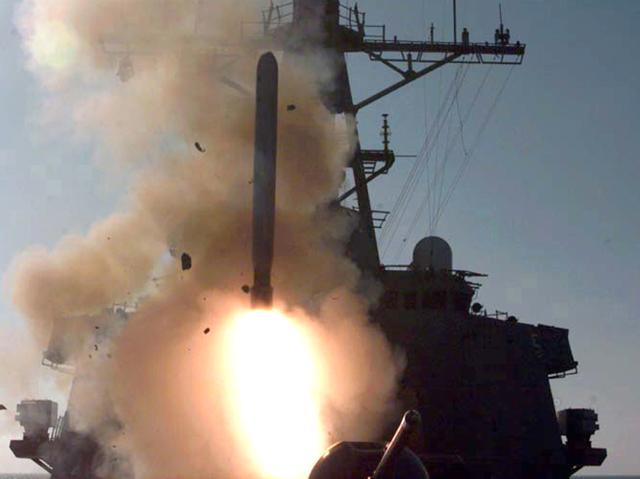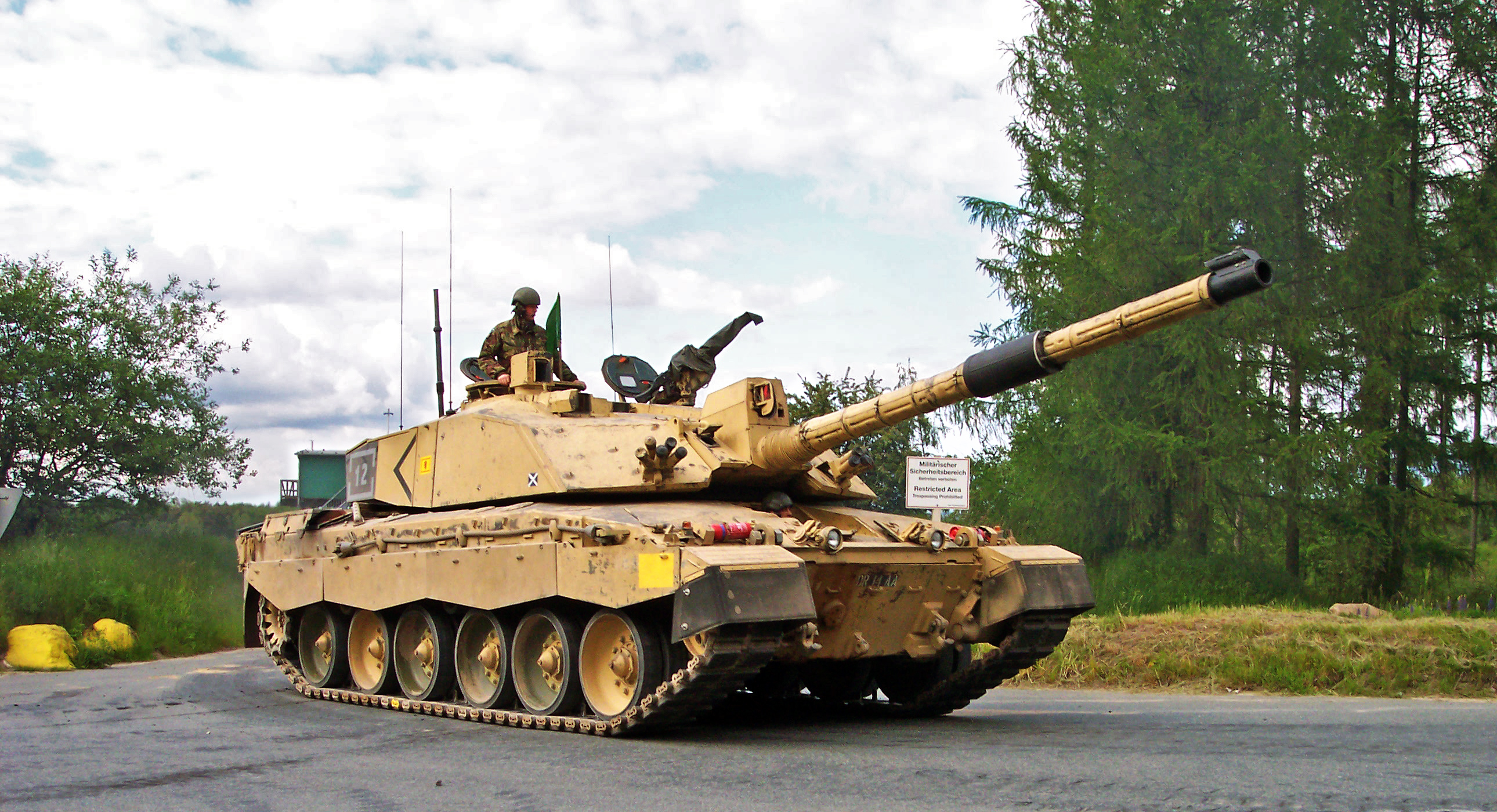|
The Royal Yeomanry
The Royal Yeomanry (RY) is the senior reserve light cavalry regiment of the British Army. Equipped with Supacat Jackal variants, their role is to conduct mounted and dismounted formation reconnaissance. The Regimental Headquarters is located in Leicester, with squadrons in Fulham, Nottingham, Dudley, Croydon (with an outstation in Windsor), Telford (with an outstation in Cardiff), and Leicester. The regiment is part of the Royal Armoured Corps and is paired with and supports the 1st The Queen's Dragoon Guards (QDG). QDG and RY together form the light cavalry reconnaissance component of 7th Infantry Brigade (the Desert Rats), serving alongside six infantry battalions (three regular, three Army Reserve). The Royal Yeomanry is the only British Army Reserve unit to have been awarded a battle honour since the Second World War. This article contains quotations from this source, which is available under th Open Government Licence v1.0 © Crown copyright. History Formation and su ... [...More Info...] [...Related Items...] OR: [Wikipedia] [Google] [Baidu] |
Yeomanry
Yeomanry is a designation used by a number of units or sub-units of the British Army, British Army Reserve (United Kingdom), Army Reserve, descended from volunteer British Cavalry, cavalry regiments. Today, Yeomanry units serve in a variety of different military roles. History Origins In the 1790s, following the French Revolution and the rise of Napoleon Bonaparte, the perceived threat of invasion of the Kingdom of Great Britain was high. To improve the country's defences, British Volunteer Corps, Volunteer regiments were raised in many counties from yeoman, yeomen. While the word "yeoman" in normal use meant a small farmer who owned his land, Yeomanry officers were drawn from the nobility or the landed gentry, and many of the men were the officers' tenants or had other forms of obligation to the officers. At its formation, the force was referred to as the Yeomanry Cavalry. Members of the yeomanry were not obliged to serve overseas without their individual consent. Early 19th ... [...More Info...] [...Related Items...] OR: [Wikipedia] [Google] [Baidu] |
Telford
Telford () is a town in the borough of Telford and Wrekin and ceremonial county of Shropshire, England, about east of Shrewsbury, south west of Stafford, north west of Wolverhampton and from Birmingham in the same direction. With an estimated population (for the borough) of 175,271 in 2017 and 142,723 in Telford itself, Telford is the largest town in Shropshire and one of the fastest-growing towns in the United Kingdom. It is named after the civil engineer Thomas Telford, who engineered many road, canal and rail projects in Shropshire. The town was put together in the 1960s and 1970s as a new town on previously industrial and agricultural land and towns. Like other planned towns of the era, Telford was created from the merger of other settlements and towns, most notably the towns of Wellington, Oakengates, Madeley and Dawley. Telford Shopping Centre, a modern shopping mall, was constructed at the new town's geographical centre, along with an extensive Town Park. Th ... [...More Info...] [...Related Items...] OR: [Wikipedia] [Google] [Baidu] |
Bombing Of Iraq (1998)
The 1998 bombing of Iraq (code-named Operation Desert Fox) was a major four-day bombing campaign on Iraqi targets from 16 to 19 December 1998, by the United States and the United Kingdom. On 16 December 1998, President of the United States Bill Clinton announced that he had ordered strikes against Iraq. The contemporaneous justification for the strikes was Iraq's failure to comply with United Nations Security Council resolutions and its interference with United Nations Special Commission inspectors who were looking for weapons of mass destruction, The inspectors were sent back in 1997 and were repeatedly refused access to certain sites thus compelling the U.S to launch strikes. However, Clinton's decision was criticized and challenged by many key members of Congress, accusing Clinton of directing attention away from ongoing impeachment proceedings against him. The operation was a major flare-up in the Iraq disarmament crisis. The stated goal of the cruise missile and bombing a ... [...More Info...] [...Related Items...] OR: [Wikipedia] [Google] [Baidu] |
Ministry Of Defence (United Kingdom)
The Ministry of Defence (MOD or MoD) is the department responsible for implementing the defence policy set by His Majesty's Government, and is the headquarters of the British Armed Forces. The MOD states that its principal objectives are to defend the United Kingdom of Great Britain and Northern Ireland and its interests and to strengthen international peace and stability. The MOD also manages day-to-day running of the armed forces, contingency planning and defence procurement. The expenditure, administration and policy of the MOD are scrutinised by the Defence Select Committee, except for Defence Intelligence which instead falls under the Intelligence and Security Committee of Parliament. History During the 1920s and 1930s, British civil servants and politicians, looking back at the performance of the state during the First World War, concluded that there was a need for greater co-ordination between the three services that made up the armed forces of the United Kingdom: t ... [...More Info...] [...Related Items...] OR: [Wikipedia] [Google] [Baidu] |
1st (United Kingdom) Division
The 1st (United Kingdom) Division, formerly known as the 1st (United Kingdom) Armoured Division and the 1st Division, is a division of the British Army. Divisional history (1809–1959) The 1st Division was formed following the disbandment of the 1st Infantry Division and was initially based with the British Army of the Rhine at Verden an der Aller in West Germany. Cold War During the 1970s, the division consisted of two "square" brigades, the 7th Armoured Brigade and 22nd Armoured Brigade. It became the 1st Armoured Division in 1976 and served with I (BR) Corps being based at Caithness and Shiel Barracks in Verden in Germany from 1978. After being briefly reorganised into two "task forces" ("Alpha" and "Bravo") in the late 1970s, it consisted of the 7th Armoured Brigade, the 12th Armoured Brigade and 22nd Armoured Brigade in the 1980s. The divisional badge dates from 1983, and combines the hollow red triangular "spearhead" badge of the 1st Infantry Division with the cha ... [...More Info...] [...Related Items...] OR: [Wikipedia] [Google] [Baidu] |
Challenger 2 Tank
The FV4034 Challenger 2 (MOD designation "CR2") is a third generation British main battle tank (MBT) in service with the armies of the United Kingdom and Oman. It was designed and built by the British company Vickers Defence Systems (now known as BAE Systems Land & Armaments). Vickers Defence Systems began to develop a successor to the Challenger 1 as a private venture in 1986. The Ministry of Defence ordered a prototype in December 1988. In June 1991, the MoD placed an order for 140 vehicles, with a further 268 ordered in 1994. Production began in 1993 and the unit's tanks were delivered in July 1994, replacing the Challenger 1. After a production delay, the tank entered service with the British Army in 1998, with the last delivered in 2002. The Challenger 2 was also exported to Oman. The Challenger 2 is an extensive redesign of the Challenger 1. Although the hull and automotive components seem similar, they are of a newer design than for the Challenger 1 and only around 3% o ... [...More Info...] [...Related Items...] OR: [Wikipedia] [Google] [Baidu] |
Joint Chemical, Biological, Radiological And Nuclear Regiment
The Joint Chemical, Biological, Radiological and Nuclear Regiment was a specialist expeditionary unit of the British armed forces. Personnel of the Joint CBRN Regiment were trained in the detection, identification and monitoring of nuclear, biological and chemical weapons. It was formed on 1 April 1999 as the Joint NBC Regiment, from a stated recommendation in the Strategic Defence Review for an operational unit to support deployed forces of the British military in NBC defence and assistance. In 2005, the name of the regiment was changed following the addition of radiological weapons to its remit, and the NBC (Nuclear, Biological, Chemical) designation changed to CBRN. There were five regular squadrons; four from the 1st Royal Tank Regiment and one ( No. 27 Squadron) from the RAF Regiment. Two squadrons ( A and W) from the Royal Yeomanry and, from March 2004, 2623 Squadron RAF Regiment provided a reserve capability. On 21 July 2005, the name of the unit was changed from the J ... [...More Info...] [...Related Items...] OR: [Wikipedia] [Google] [Baidu] |
Strategic Defence Review
The Strategic Defence Review (SDR) was a British policy document produced in July 1998 by the Labour Government that had gained power a year previously. Then Secretary of State for Defence, George Robertson, set out the initial defence policy of the new government, with a series of key decisions designed to enhance the United Kingdom's armed forces. Two of the largest defence procurement projects were excluded from the 1998 SDR, the Trident submarines and the Eurofighter. However the Trident system was essential to maintaining a credible nuclear deterrent, a policy adopted by Labour, and was already nearing completion. Likewise the Eurofighter was nearing production and withdrawal would lead to loss of considerable investment and severe penalties from the partner nations. Its overall strategic conclusions were that the British Armed Forces should be able to respond to a major international crisis which might require a military effort and combat operations of a similar scale and d ... [...More Info...] [...Related Items...] OR: [Wikipedia] [Google] [Baidu] |
CBRN Defense
Chemical, biological, radiological and nuclear defence (CBRN defence) are protective measures taken in situations in which chemical warfare, chemical, biological warfare, biological, radiological warfare, radiological or nuclear warfare, nuclear warfare (including terrorism) hazards may be present. CBRN defence consists of CBRN passive protection, contamination avoidance, and Weapon of mass destruction, weapons of mass destruction mitigation. A CBRN incident differs from a hazardous material incident in both scope (i.e., CBRN can be a mass casualty situation) and intent. CBRN incidents are responded to under the assumption that they are intentional and malicious; evidence preservation and perpetrator apprehension are of greater concern than with HAZMAT incidents. A 2011 forecast concluded that worldwide government spending on CBRN defence products and services would reach US$8.38bn that year. Etymology In English language, English the term ''CBRN'' is a replacement for the 19 ... [...More Info...] [...Related Items...] OR: [Wikipedia] [Google] [Baidu] |
British Radar Transportpanzer 1
British may refer to: Peoples, culture, and language * British people, nationals or natives of the United Kingdom, British Overseas Territories, and Crown Dependencies. ** Britishness, the British identity and common culture * British English, the English language as spoken and written in the United Kingdom or, more broadly, throughout the British Isles * Celtic Britons, an ancient ethno-linguistic group * Brittonic languages, a branch of the Insular Celtic language family (formerly called British) ** Common Brittonic, an ancient language Other uses *''Brit(ish)'', a 2018 memoir by Afua Hirsch *People or things associated with: ** Great Britain, an island ** United Kingdom, a sovereign state ** Kingdom of Great Britain (1707–1800) ** United Kingdom of Great Britain and Ireland (1801–1922) See also * Terminology of the British Isles * Alternative names for the British * English (other) * Britannic (other) * British Isles * Brit (other) * Briton (d ... [...More Info...] [...Related Items...] OR: [Wikipedia] [Google] [Baidu] |
Armored Car (military)
A military armored (or armoured) car is a lightweight wheeled armored fighting vehicle, historically employed for reconnaissance, internal security, armed escort, and other subordinate battlefield tasks. With the gradual decline of mounted cavalry, armored cars were developed for carrying out duties used to be assigned to light cavalry. Following the invention of the tank, the armored car remained popular due to its faster speed, comparatively simplified maintenance and low production cost. It also found favor with several colonial armies as a cheaper weapon for use in underdeveloped regions. During World War II, most armored cars were engineered for reconnaissance and passive observation, while others were devoted to communications tasks. Some equipped with heavier armament could even substitute for tracked combat vehicles in favorable conditions—such as pursuit or flanking maneuvers during the North African Campaign. Since World War II the traditional functions of t ... [...More Info...] [...Related Items...] OR: [Wikipedia] [Google] [Baidu] |



_(Tony_Radakin_cropped).jpg)


.jpg)